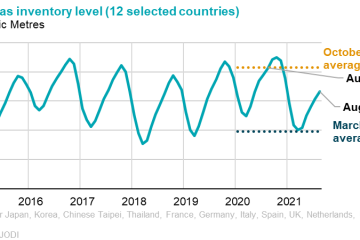The Department of Energy (DOE) and Its Impact on Sustainability

Introduction
The United States Department of Energy (DOE) plays a crucial role in shaping national energy policies and advancing sustainable energy solutions. Established in 1977, the DOE is responsible for overseeing the country’s energy resources, including research and development in various energy technologies. In the face of escalating climate challenges and a pressing need for energy independence, the DOE’s initiatives are more relevant than ever. From funding renewable energy projects to driving technological innovations, the DOE is at the forefront of the nation’s energy transition.
Current Initiatives of the DOE
Recently, the DOE has increased its focus on clean energy innovation, setting ambitious goals to reduce greenhouse gas emissions and promote energy efficiency across various sectors. In 2023, the agency released several funding opportunities targeting research in solar, wind, and hydrogen technologies. For instance, a $30 million initiative is aimed at developing new solar energy solutions that enhance the efficiency and affordability of solar power systems.
Moreover, the DOE is actively implementing the Bipartisan Infrastructure Law, which allocates over $62 billion for energy-related programs. This funding focuses on modernizing the electrical grid, improving energy storage capabilities, and enhancing the resilience of the energy infrastructure to withstand climate-related disruptions. Such investments signal a commitment to transitioning to a cleaner energy future while ensuring the nation’s energy security.
Partnerships and Collaborations
The DOE’s efforts are not limited to federal initiatives; they also emphasize collaboration with state governments, academic institutions, and private industries. The agency has established numerous partnerships aimed at promoting research and easing the commercialization of innovative energy technologies. The ‘Clean Energy Innovation Program,’ for instance, encourages startups to bring forth creative solutions in energy efficiency and renewable resources, fostering a competitive market for sustainable technologies.
Conclusion
As the DOE continues to navigate the complexities of energy production and consumption, its focus on sustainable practices will significantly impact the future of energy in the United States. With ongoing investments and strategic initiatives, the DOE’s role as a leader in the transition to clean energy is increasingly critical. Looking ahead, the agency’s successes and challenges will shape not only the energy landscape but also the country’s broader efforts to mitigate climate change. For those invested in the future of energy, understanding the DOE’s missions and outcomes is essential, as it symbolizes the direction of national policy and technological innovation.









